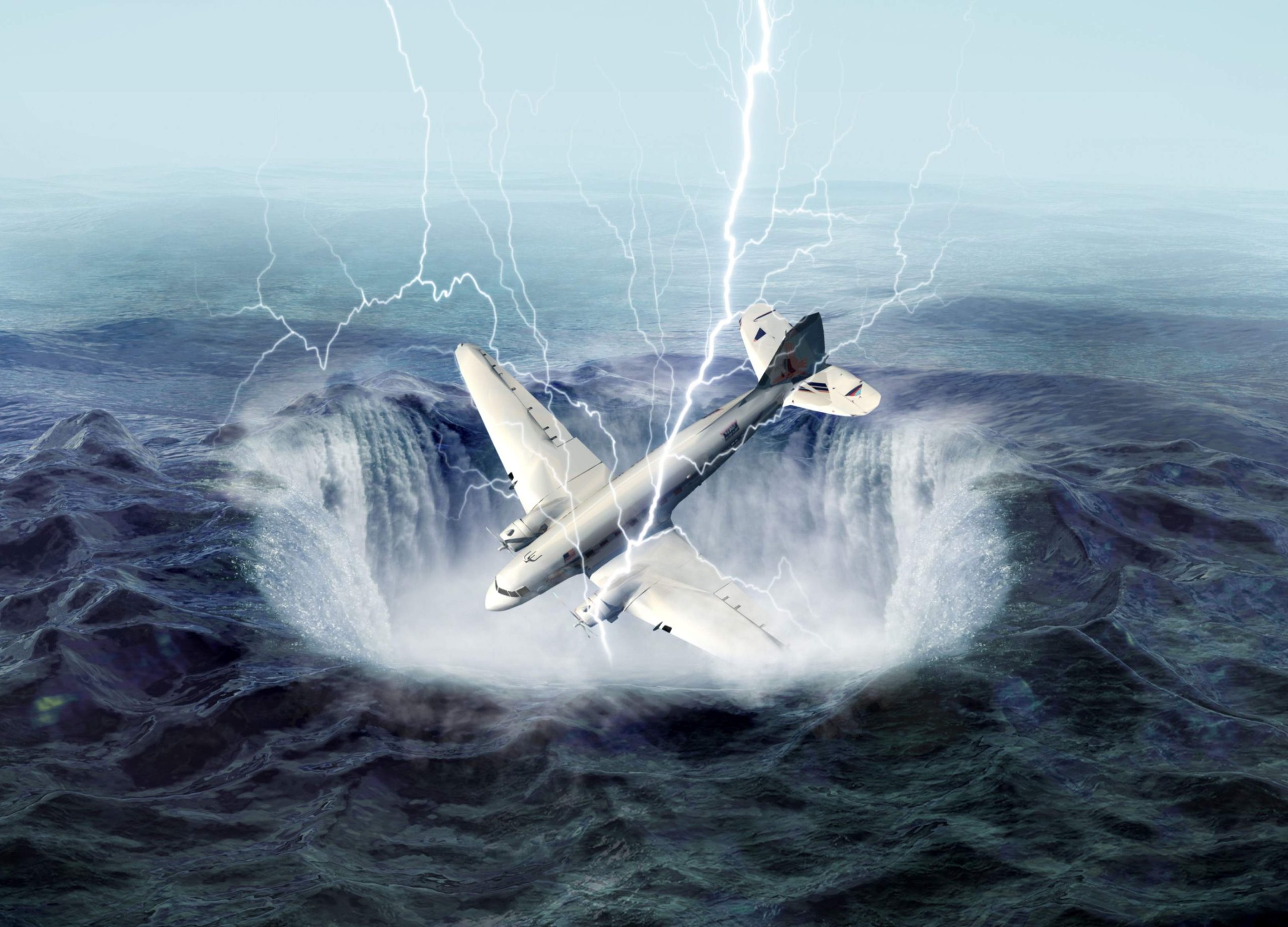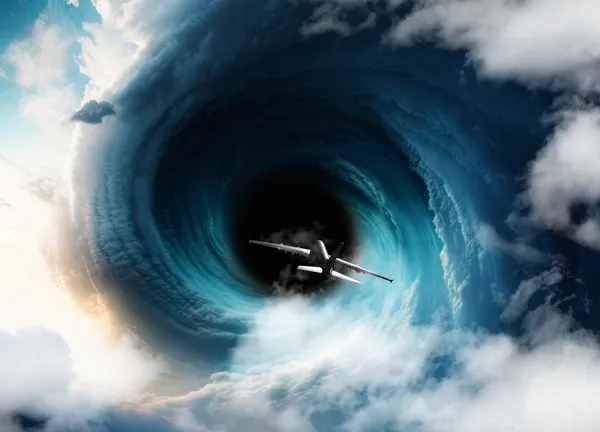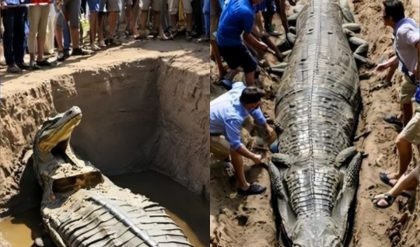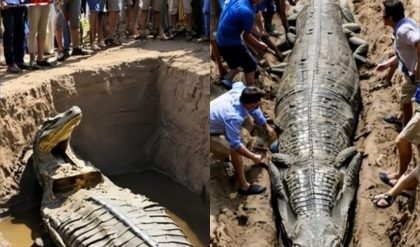A History of Mysterious Disappearances

Theories Abound
Natural Phenomena: The area is prone to sudden storms, waterspouts, and strong currents, which can cause ships and planes to capsize or crash. The Gulf Stream, a powerful ocean current, can also carry debris away from the last known position of a vessel, making it difficult to locate.

Human Error: Navigational errors can lead to tragic accidents. The area’s complex geography and the potential for equipment malfunctions can confuse even the most seasoned pilots and sailors.
Magnetic Anomalies: Some researchers suggest that unusual magnetic fields may interfere with navigational instruments, leading to disorientation and potential disasters.
Alien Abductions and Supernatural Forces: More sensational theories include extraterrestrial involvement or the influence of mystical forces, drawing upon popular culture and speculation.
Methane Hydrates: Another scientific hypothesis suggests that underwater methane hydrate eruptions can produce large bubbles that reduce the water’s density, causing ships to sink.
Why the Devil’s Triangle?
The name “Devil’s Triangle” has roots in folklore and popular culture. The term was popularized by author Vincent Gaddis in his 1964 book Invisible Horizons: True Mysteries of the Sea. He suggested that the Triangle was cursed or had supernatural attributes, leading to its ominous nickname. This characterization has been perpetuated by movies, documentaries, and television shows, cementing the region’s reputation as a place of mystery and danger.
Modern Investigations and Scientific Explanations






